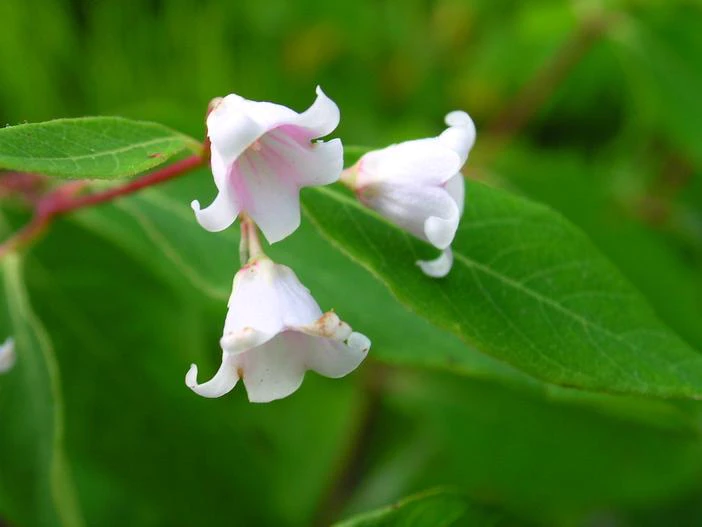Spreading Dogbane
(Apocynum androsaemifolium)
Spreading Dogbane (Apocynum androsaemifolium)
/
/

Superior National Forest
CC BY 2.0
Image By:
Superior National Forest
Recorded By:
Copyright:
CC BY 2.0
Copyright Notice:
Photo by: Superior National Forest | License Type: CC BY 2.0 | License URL: https://creativecommons.org/licenses/by/2.0/ | Uploader: Superior National Forest | Publisher: Flickr























































































Estimated Native Range
Climate Requirements for Boulder, Colorado
| This Plant | Your Site | Plant Suitability for Your Location | ||
|---|---|---|---|---|
| • Precipitation | 7" - 137" | 18" | Your precipitation may be insufficient for this plant. Irrigate N" / year. | Irrigate N" / year |
| • High Temp. | 50°F - 100°F | 89°F | Your summer temperatures are normal for this plant. | Excellent |
| • Low Temp. | -27°F - 43°F | 17°F | Your winter temperatures are normal for this plant | Excellent |
This plant should grow well at your location with about N inches per year (Y minutes per month) of irrigation.
Summary
Apocynum androsaemifolium, commonly known as Spreading Dogbane, is a deciduous perennial herb that is native to a variety of habitats including open woodlands, prairies, fields, and along streams throughout North America. It typically grows to a height of 2-3 feet (0.6-0.9 meters) and spreads to about 3 feet (0.9 meters). The plant has a bushy form with branching stems and exudes a milky sap when broken. Spreading Dogbane blooms in the summer, producing clusters of small, bell-shaped pink to white flowers that are particularly attractive to butterflies and other pollinators.
The plant is valued for its ability to attract beneficial insects and for its ornamental qualities, including its delicate flowers and its reddish-brown fall foliage. It is used in naturalized areas, wildflower gardens, and as part of pollinator-friendly plantings. Spreading Dogbane prefers full sun but can tolerate partial shade, and it adapts to a range of soil types, provided they are well-drained. While it is drought-tolerant once established, moderate watering will encourage more vigorous growth. It is important to note that all parts of the plant are toxic if ingested, and it can spread aggressively by rhizomes, potentially becoming weedy in a garden setting.CC BY-SA 4.0
The plant is valued for its ability to attract beneficial insects and for its ornamental qualities, including its delicate flowers and its reddish-brown fall foliage. It is used in naturalized areas, wildflower gardens, and as part of pollinator-friendly plantings. Spreading Dogbane prefers full sun but can tolerate partial shade, and it adapts to a range of soil types, provided they are well-drained. While it is drought-tolerant once established, moderate watering will encourage more vigorous growth. It is important to note that all parts of the plant are toxic if ingested, and it can spread aggressively by rhizomes, potentially becoming weedy in a garden setting.CC BY-SA 4.0
Plant Description
- Plant Type: Herb
- Height: 2-3 feet
- Width: 2-3 feet
- Growth Rate: Moderate
- Flower Color: Pink
- Flowering Season: Summer
- Leaf Retention: Deciduous
Growth Requirements
- Sun: Full Sun
- Water: Medium
- Drainage: Fast, Medium, Slow
Common Uses
Bee Garden, Butterfly Garden, Drought Tolerant, Fragrant, Low Maintenance
Natural Habitat
Open woodlands, prairies, fields, and along streams throughout North America
Other Names
Common Names: Bitterroot , Flytrap Dogbane , Creeping Dogbane , Fly-Trap Dogbane , Bitter-Root , Honey-Bloom , Apocyn À Feuilles D’Androsème , Herbe À La Puce , Flugkål
Scientific Names: Apocynum androsaemifolium , Apocynum androsaemifolium var. androsaemifolium
GBIF Accepted Name: Apocynum androsaemifolium L.